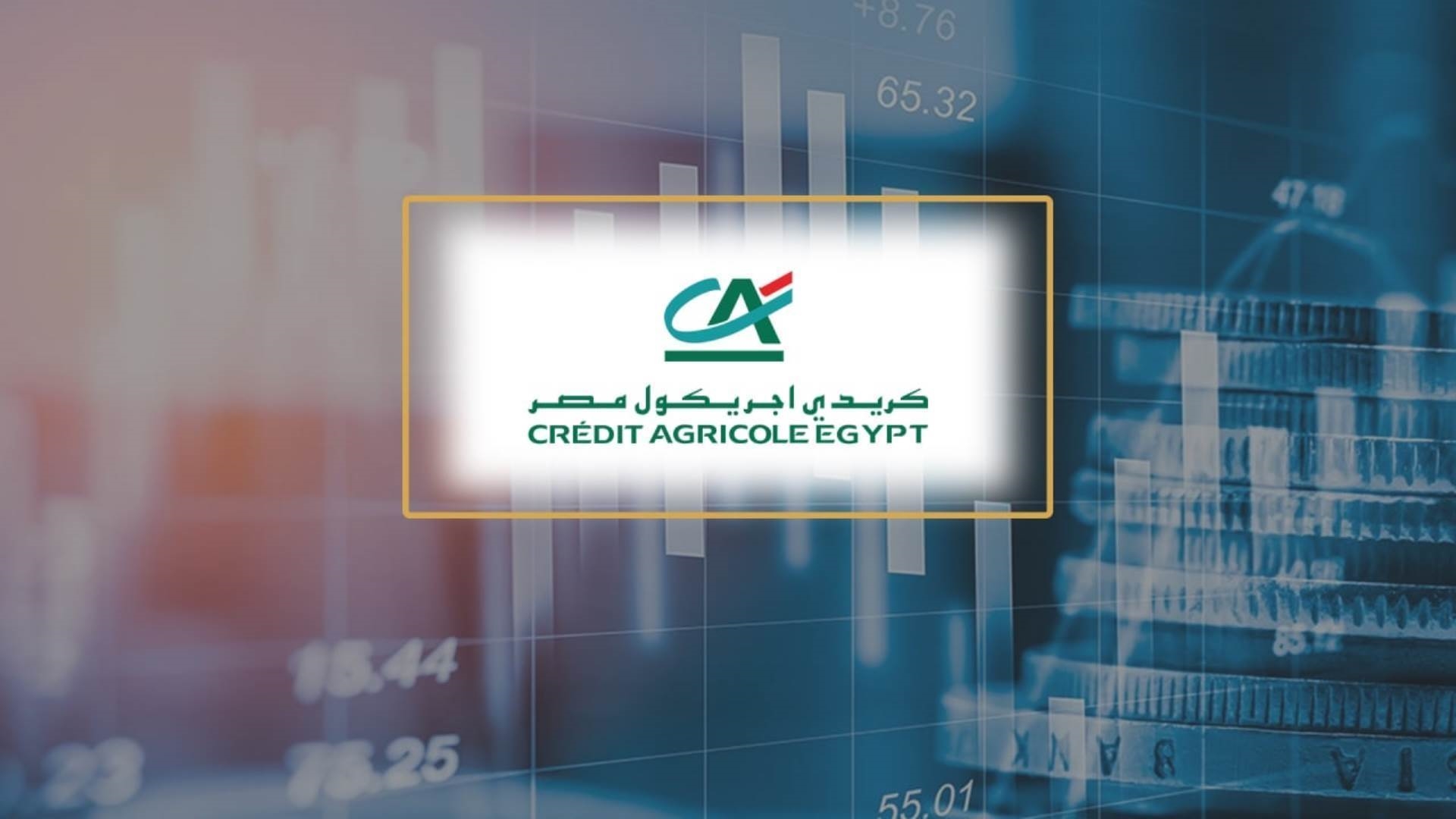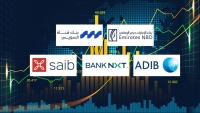Credit Agricole encompasses an expansionary policy during 9M; analysis

Credit Agricole has embraced an expansionary policy in utilizing its resources as the rate of resources employment jumped to 79.50 % at the end of the third quarter of 2022, compared to 77.25% at the end of 2021.
The resources employment indicator, launched by First Bank, measures to what extent the bank is employing its traditional resources (deposits + equity) in loans and financial investments.
The rate increase on the index indicates that the bank followed an expansionary policy in employing its resources.
Thus, the bank has invested EGP 49.830 billion of its traditional resources, which amounted to EGP 62.679 billion by the end of June 2022 into loans and financial investments. It invested EGP54.794 billion into loans and 15.035 billion pounds into financial investments.
Yet, it has directed 44.085 billion pounds of its traditional resources, which recorded 56.885 billion pounds by the end of 2021 into loans and financial investments. It invested EGP 30.503 billion into loans and 13.582 billion pounds into financial investments
The bank's traditional resources at the end of June 2022 were distributed between EGP 53.7 billion into its deposit portfolio, and EGP 8.960 billion into the value of equity at the end of the same period.
Credit Agricole’s Loans to deposit ratio jumped to 64.77% at the end of Q3-2022, compared to 63.26% at the end of 2021, while the financial investments to deposits ratio declined to 27.99 % at Q3-2022 end compared to 28.17% by the end of 2021/
The bank’s resources employment rate remained below the banking sector average despite the fact that it has increased during the first 9 months. Resources employment rate in the banking sector posted 90% at the end of June 2022, which indicates that the bank has recently moved towards implementing a more optimistic policy towards loans and financial investments, but it is still below the sector levels.



